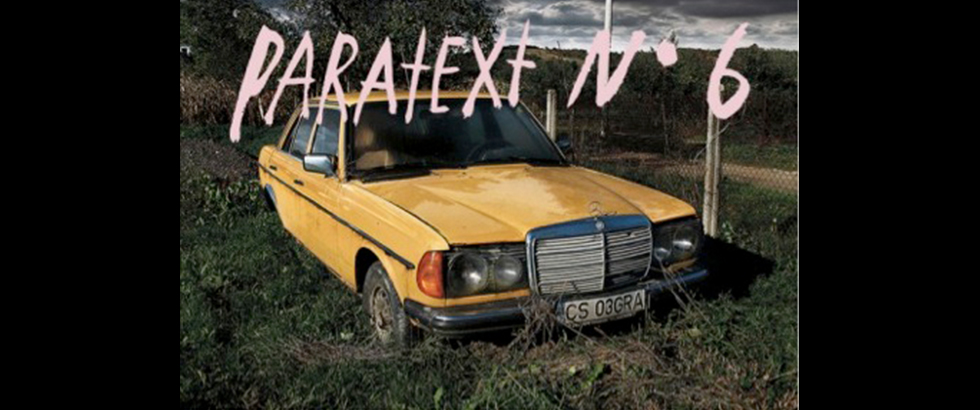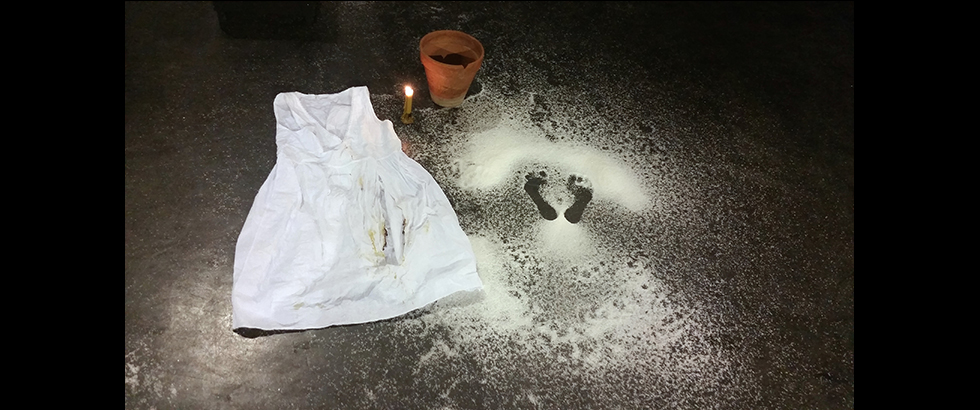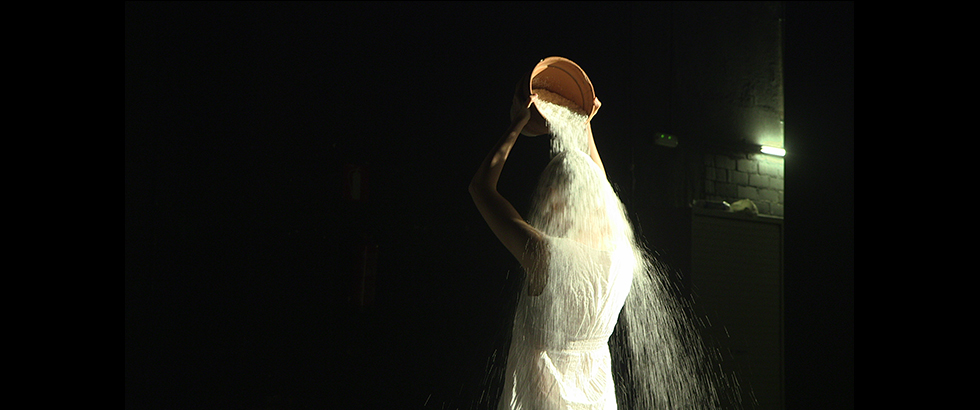Artists
Photo Credit: NIU Chun-Chiang
HSU Jia-Ling
HSU Jia-Ling
| Location | Spain / Barcelona |
|---|---|
| Residency | Hangar |
| Year of the Grant | 2015 |
| Work | A way for the ambivalence |
Thoughts on the Residency Program:
When I was at Hangar, I was often told to “relax, go around and take a look.” Following the relaxed pace in Barcelona, I focused on experiencing the city’s rich cultural landscape. During this time, “relaxing” was my method of learning, and “inspirations” were ignited from the state of relaxation. Those seemingly “non-creative” activities enriched my life, and provided a “tender and soft” texture to the creative process, broadening my perspectives.
On the other hand, Hangar’s software and hardware were very much up to date: cameras and recording devices, sound recording and mixing equipment, printer and 3D printer, they had pretty much all the things we needed. There were also professional personnel to provide technical assistance, encouraging artists in residence to boldly put forth our ideas and freely experiment with them. It was a very friendly creative environment.
In addition to “experiencing the city” and “creating onsite,” I also wanted to have in-depth “local exchange.” If I could establish connections with local curators through Paratext, expanding the scale and space of display of the works, and meet audiences with different background, it would help me, or other artists in residence, to more comprehensively represent and showcase the residency experience.




